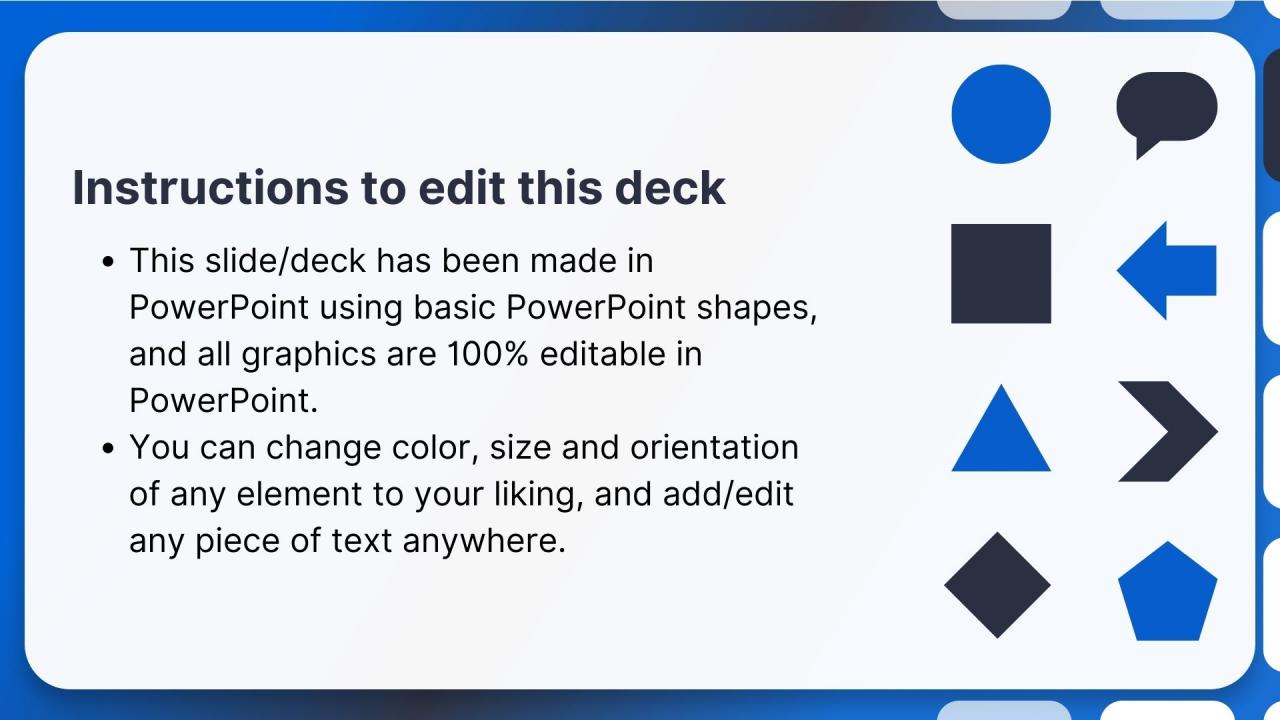HR Analytics Tools Application Of Business Analytics In HR Powerpoint Presentation Slides
BI uses business analytics, data mining, data visualization, and best practices to help enterprises make more data driven and effective decisions. Our deck HR Analytics tools Application of business analytics in HR shows the implementation of business intelligence to enhance the HR operations of an organization. This deck showcases the key challenges faced by enterprises that lack effective BI solutions. It provides an overview of the benefits and practices for implementing BI. It includes key business intelligence trends and architectural frameworks of business intelligence for modern businesses. This deck covers the procedure to effectively implement BI in HR operations. It includes details related to the comparison of BI tools and the selection of the best tool based on its key attributes. Lastly, it covers the roles and responsibilities of the BI implementation team, the budget allocated for implementing business intelligence in HR operations, and the impact of BI implementation on business operations pre and post implementation. Download our template now.
You must be logged in to download this presentation.
 Impress your
Impress your audience
Editable
of Time
PowerPoint presentation slides
Enthrall your audience with this HR Analytics Tools Application Of Business Analytics In HR Powerpoint Presentation Slides. Increase your presentation threshold by deploying this well-crafted template. It acts as a great communication tool due to its well-researched content. It also contains stylized icons, graphics, visuals etc, which make it an immediate attention-grabber. Comprising sixty two slides, this complete deck is all you need to get noticed. All the slides and their content can be altered to suit your unique business setting. Not only that, other components and graphics can also be modified to add personal touches to this prefabricated set.
People who downloaded this PowerPoint presentation also viewed the following :
Content of this Powerpoint Presentation
Slide 1: This slide displays the title HR analytics tools application of business analytics in HR.
Slide 2: This slide displays the title Agenda.
Slide 3: This slide exhibit table of content.
Slide 4: This slide exhibit table of content- Overview of Business Intelligence.
Slide 5: This slide represents the procedure to help corporate executives and business managers to make better and informed business decisions.
Slide 6: This slide represents the importance of business intelligence in enabling the businesses to have insights into what their competitors are doing.
Slide 7: This slide represents practices through which users can quickly derive underlying KPIs and patterns from data which informs actionable and data-driven decision making. It includes best practices for implementing BI such as get organization wide buy-in, have plan from beginning, start small etc.
Slide 8: This slide exhibit table of content- Why Business Intelligence is essential?
Slide 9: This slide represents the problems faced by the organizations that does not implement business intelligence for facilitating better decision making.
Slide 10: This slide represents the gap analysis to help organizations understand the gaps so that they could build effective strategies to eliminate these gaps.
Slide 11: This slide represents the current trends of the process through which enterprises uses technologies to analyze current and historical data.
Slide 12: This slide represents a blueprint for how an organization would go about its business intelligence initiatives.
Slide 13: This slide represents the benefits of technology blueprint for collection, organization and management of BI data and then making data available for visualization.
Slide 14: This slide exhibit table of content- Business intelligence in HR.
Slide 15: This slide represents the various ways in which business intelligence is applied in human resource operations.
Slide 16: This slide represents the importance of people-based business intelligence in transforming the scope of HR reporting and analytics.
Slide 17: This slide exhibit table of content- Steps for Implementing Business Intelligence in HR.
Slide 18: This slide represents the responsibilities performed by different key stakeholders at the time of implementation of business intelligence in organization.
Slide 19: This slide exhibit table of content- Step 1: Introduce BI to employees and stakeholders.
Slide 20: This slide represents the goals that are to be achieved by the HR department of the organization through the implementation of Business intelligence in HR operations. It includes key objectives of BI implementation such as create continuity, effective leave management etc.
Slide 21: This slide represents the key performance indicators that are to be tracked to monitor the effect of implementation of business intelligence in HR operations.
Slide 22: This slide represents the need for implementing business intelligence in HR operations.
Slide 23: This slide represents the analysis of need for implementation of BI in HR operations.
Slide 24: This slide represents the analysis of requirements for business intelligence by the HR department of an organization.
Slide 25: This slide exhibit table of content- Step 2: Select best BI tool.
Slide 26: This slide represents the key requirements to be kept in mind by the HR department at the time of selecting business intelligence tool for HR operations.
Slide 27: This slide represents comparison between multiple HR analytics tools on different criteria's to select best HR analytics tool for the organization.
Slide 28: This slide exhibit table of content- Step 3: Gather business intelligence team.
Slide 29: This slide represents the roles and responsibilities of people which would lead implementation proves and make architectural, technical and strategic decisions.
Slide 30: This slide exhibit table of content- Step 4: Document BI Strategy.
Slide 31: This slide represents the difference between the types of data reporting flow.
Slide 32: This slide exhibit table of content- Step 5: Set up data integration tools
Slide 33: This slide represents the various methods apart from ETL which facilitates data integration workflows.
Slide 34: This slide represents the workflow of ETL tools which allows businesses to consolidate data from various databases into single repository.
Slide 35: This slide represents the key solutions offered by the ETL tools for integration of data.
Slide 36: This slide represents comparison between various ETL tools to help organization select the best ETL tool for integrating data.
Slide 37: This slide exhibit table of content- Step 6: Configure data warehouse and choose architectural approach
Slide 38: This slide architecture of data warehouse for small businesses.
Slide 39: This slide represents the data warehouse and OLAP cubes architecture of business intelligence.
Slide 40: This slide represents the data warehouse and data marts architecture of business intelligence.
Slide 41: This slide represents the hybrid architecture including both technologies of data mart and OLAP cubes.
Slide 42: This slide exhibit table of content- Step 7: Conduct training for employees.
Slide 43: This slide represents the plan prepared for facilitating training to employees related to usage of implemented business intelligence software.
Slide 44: This slide exhibit table of content- Impact of BI on HR Operations.
Slide 45: This slide represents the comparison between current and past scenario of HR operations to analyze the impact of business intelligence on HR operations.
Slide 46: This slide exhibit table of content- Cost of BI Implementation.
Slide 47: This slide represents the budget prepared to predict cash flows and allocate required resources for implementing business intelligence in the organization.
Slide 48: This slide exhibit table of content- Dashboards.
Slide 49: This slide represents the KPI dashboard to track and monitor management of talent by the HR department.
Slide 50: This slide represents key metrics dashboard to analyze the engagement of employees in the organization.
Slide 51: This slide represents the dashboard representing key metrics to analyze the performance of overall workforce.
Slide 52: This is the icons slide.
Slide 53: This slide presents title for additional slides.
Slide 54: This slide depicts 30-60-90 days plan for projects.
Slide 55: This slide showcase Clustered column-line for different products.
Slide 56: This slide depicts posts for past experiences of clients.
Slide 57: This slide shows roadmap of company.
Slide 58: This slide shows puzzle for displaying elements of company.
Slide 59: This slide showcase Our goal.
Slide 60: This slide exhibits ideas generated.
Slide 61: This slide displays Venn.
Slide 62: This is thank you slide & contains contact details of company like office address, phone no., etc.
HR Analytics Tools Application Of Business Analytics In HR Powerpoint Presentation Slides with all 67 slides:
Use our HR Analytics Tools Application Of Business Analytics In HR Powerpoint Presentation Slides to effectively help you save your valuable time. They are readymade to fit into any presentation structure.
-
My search for complete decks ended with SlideTeam. Such a surplus collection of HD PowerPoints. Moreover, their standard and widescreen formats have helped me in delivering bullseye presentations.
-
I am so thankful for all of the templates I've found on your site. They have saved me hours every week and helped make my presentations come alive. Keep up with these amazing product releases!














































































































































